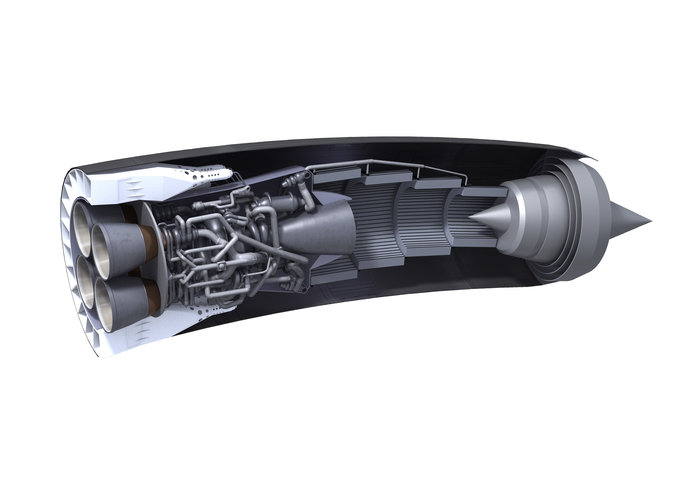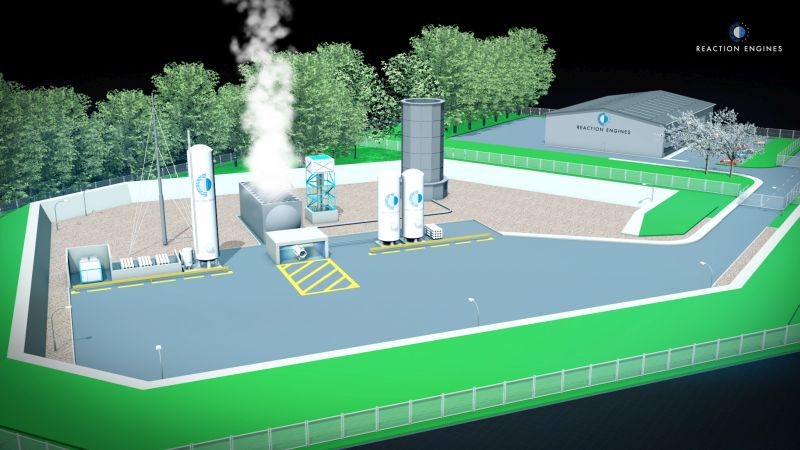The rocket engine that will revolutionise space launches
A uniquely designed rocket engine has the potential to revolutionise space launches, powering vehicles that can take off and land like aircraft. The system is being tested at the UK’s latest rocket engine test facility, on which work began recently.
The Synergistic Air-Breathing Rocket Engine (SABRE) is designed to scoop up atmospheric air during the early part of its flight to orbit. This cuts the need for the vehicle to carry bulky onboard oxygen for this part of the ascent, before switching to rocket mode drawing on internal propellants for its final climb to space. Capable of airbreathing flight up to five times the speed of sound, the SABRE could also lead to hypersonic air travel.
To allow the engine to use the superfast onrushing airstream as oxidiser, the air must be cooled from 1000°C to –150°C within just a hundredth of a second, at the same time avoiding the formation of dangerous ice.

UK company Reaction Engines Ltd has been working on the engine for many years, with ESA playing an important technical management role since 2008, investing €10 million in SABRE, adding to the £50 million from the UK Space Agency. Now, ground was broken on the new test facility at Westcott Venture Park in the UK, according to a press release.
“The opening of this new test facility marks an historic moment for the European aerospace industry and for the UK research and development in rocket propulsion. This facility enables the ground test of the engine cycle, opening the way to the first test flights, and to a new era,” Franco Ongaro, ESA Director of Technology, Engineering and Quality, said.
In 2010, ESA independently reviewed the engine’s viability and five years ago it oversaw testing of the prototype ‘precooler’ required to cool the air, followed by research and development projects covering other elements such as the novel rocket nozzles, air intake design and thrust chamber cooling.
